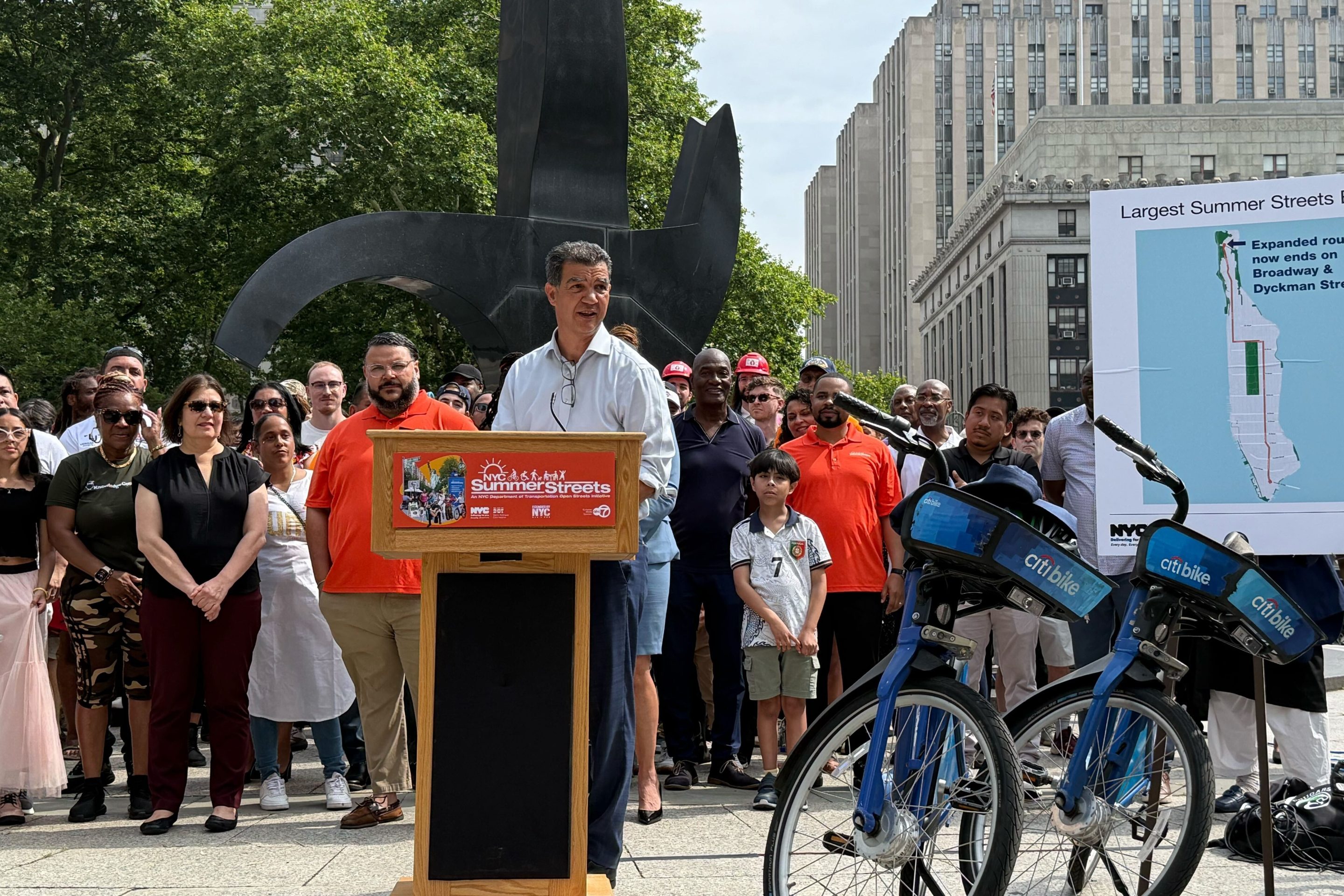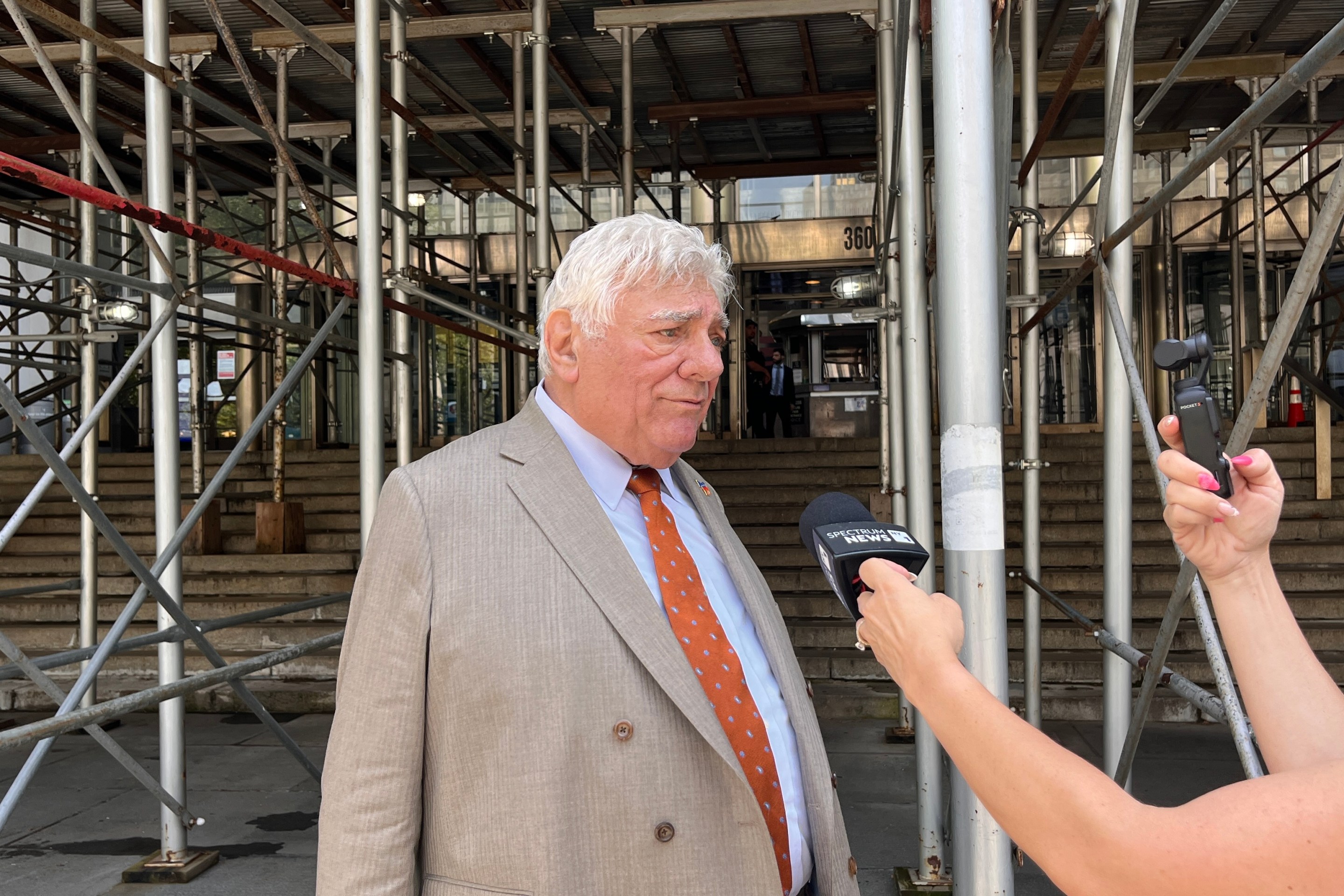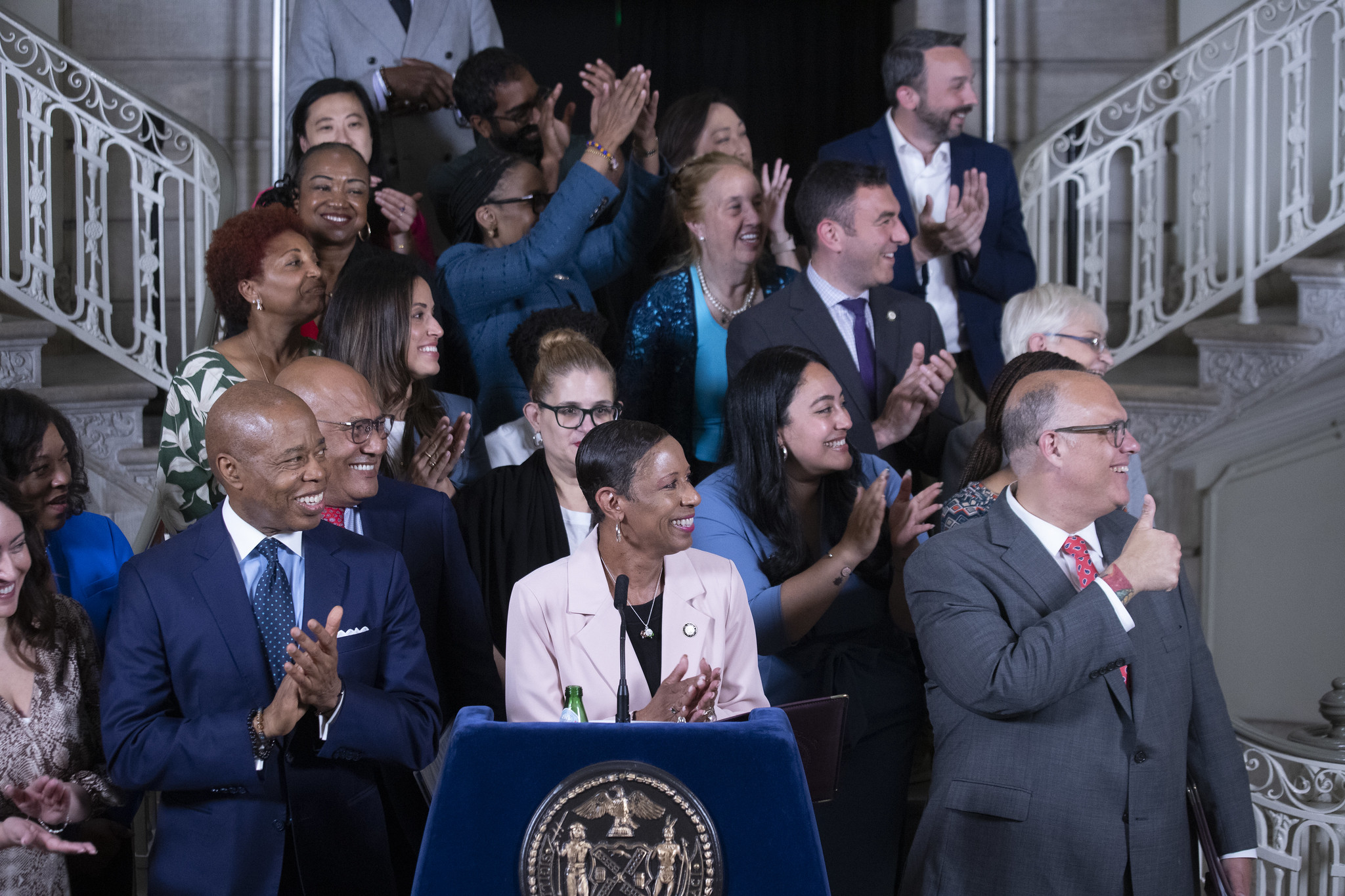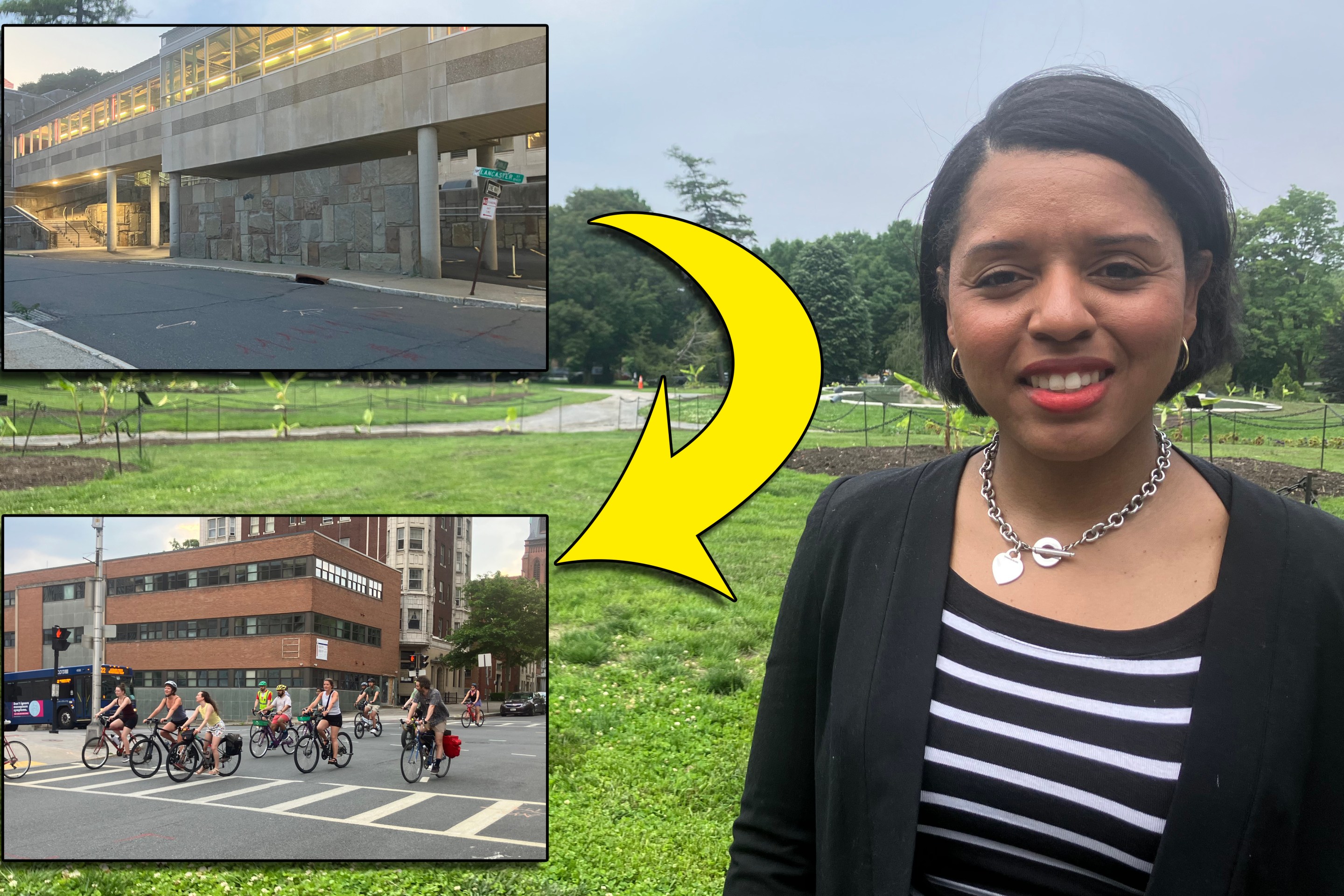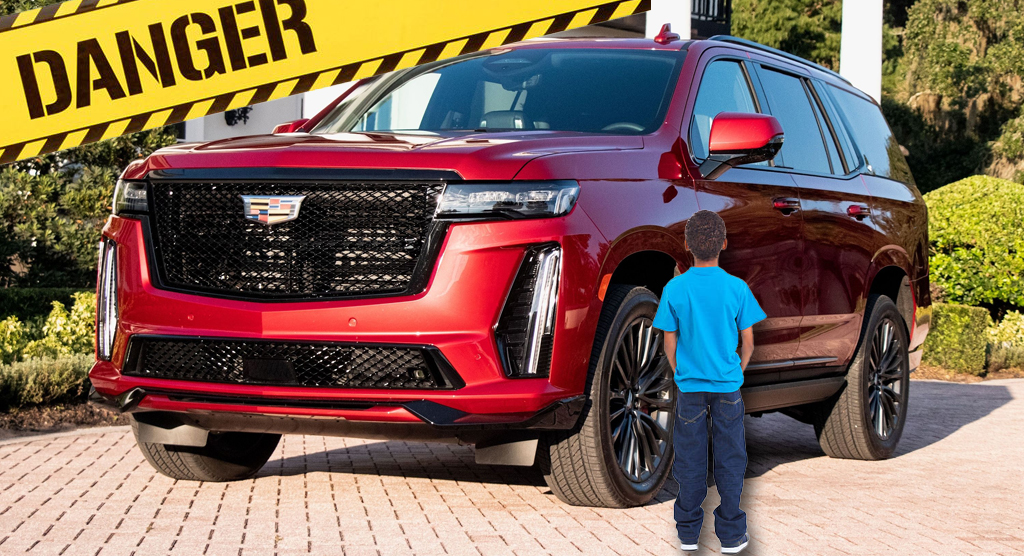"What you measure is what you get," the saying goes. In transportation, the dominant metrics are all about moving motor vehicle traffic, so America has built a transportation network that moves a lot of cars. Our streets may be dangerous, expensive, and inefficient, but they do process huge volumes of motor vehicles.

A quintessentially American transportation metric -- and a highly influential one -- is the Texas Transportation Institute's congestion report, which ranks cities based on the time drivers spend moving slower than "free-flowing" traffic. By focusing so intently on driver delay, the report obscures more meaningful information, like the total time people spend commuting.
City Observatory has been doing a fantastic job debunking the TTI report. On April Fool's Day, City Observatory's Joe Cortright published a tongue-in-cheek takeoff on TTI's methodology that he's calling the "Pedestrian Pain Index." The idea sounds simple: What if we measured the transportation system for pedestrians the same way we measure it for drivers?
The Pedestrian Pain Index sums up how many minutes people around the country spend waiting for the "walk" signal at intersections. If you multiply that number by the same "value of time" assumptions that TTI uses to assign a dollar figure to the cost of congestion, pedestrian delay at intersections costs the U.S. economy $25 billion annually.
Cortright says it's not as easy to produce this analysis as the one for car congestion, because transportation agencies have developed all sorts of tools to measure motor vehicle delay. Not so much for pedestrian delay. Here he explains his methodology:
Here’s how we came up with our PPI estimate. According to data tabulated by John Pucher and his colleagues from the the most recent National Household Transportation Survey, the typical American spends about 112 hours walking about 37.7 miles per year. We estimate that out of a typical walk, a pedestrian spends about five percent of their time waiting for traffic, either as they cross the street an un-signaled location, or waiting for a traffic signal. Our five percent estimate corresponds to waiting about 55 seconds during the average 18.5 minutes that each American walks on a daily basis. For those in low-traffic, low-density areas, these 55 seconds will likely be an overestimate; in urban settings with traffic lights on most corners -- where a disproportionate share of walking occurs -- 55 seconds will be an underestimate.
We multiply our daily delay estimate of 55 seconds per person by 365 days and by the roughly 300 million Americans five years of age or older to come up with an estimate of about 1.6 billion hours of pedestrian delay experienced by Americans annually. Valuing that delay at $15 per hour -- a figure somewhat lower than that used in studies of automobile congestion delay -- produces a total estimate of $25.2 billion in time lost in pedestrian pain waiting for automobiles.
Keep in mind that Cortright's method accounts for a small fraction of the delay imposed on pedestrians by car infrastructure. Calculating the extent to which parking lots spread destinations farther apart, for instance, would show a huge cost to pedestrian travel times, but would obviously be much more difficult to calculate.
So any day now there should be an explosion of headlines about the Pedestrian Pain Index, just like for the TTI congestion report. Right?
